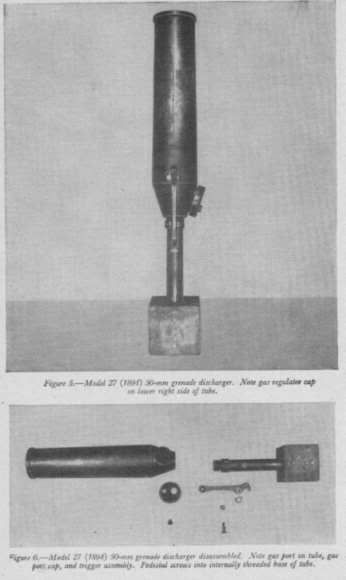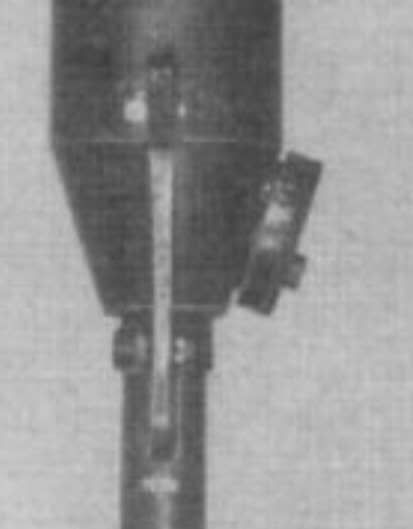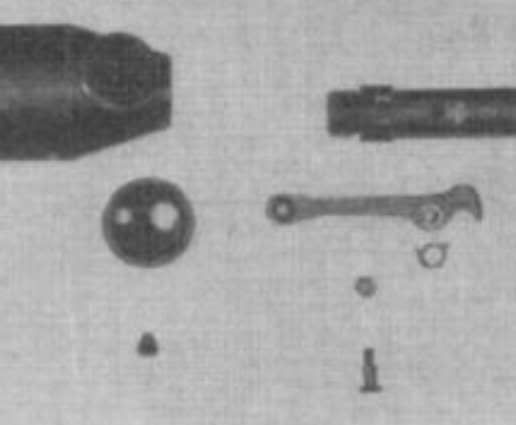genkideskan
Honoured Member RIP
Browsing through some manuals Ive found this 50 mm mortar.
Unknown to me so far. The pic was labeled 50mm Type 27
(Meiji) = 1894 mortar.

Any idea about this model? It is very different to the Type 10.
I wonder what they fired from this mortar - must be something
different to the T 10 grenades/ shells.
I always wonder about the grenade body used for the old japanese
stick and impact grenades.
Doesnt that really look like an grenade body?


No, stripping all grenade parts it looks like a shell. Diameter is arround
47mm. Could this grenade body be the body of the shell that was fired from these grandpa mortar?
Unknown to me so far. The pic was labeled 50mm Type 27
(Meiji) = 1894 mortar.

Any idea about this model? It is very different to the Type 10.
I wonder what they fired from this mortar - must be something
different to the T 10 grenades/ shells.
I always wonder about the grenade body used for the old japanese
stick and impact grenades.
Doesnt that really look like an grenade body?


No, stripping all grenade parts it looks like a shell. Diameter is arround
47mm. Could this grenade body be the body of the shell that was fired from these grandpa mortar?






